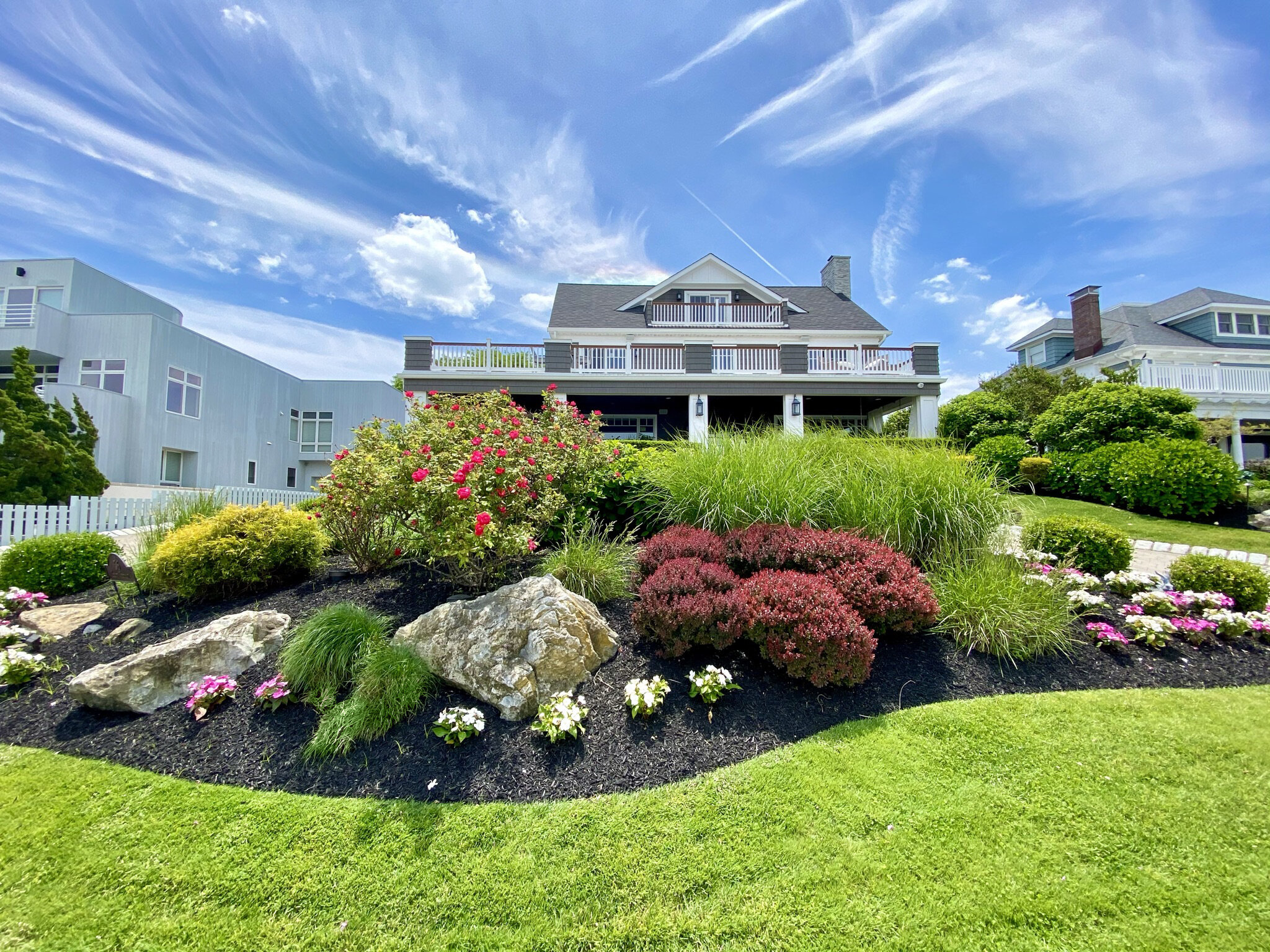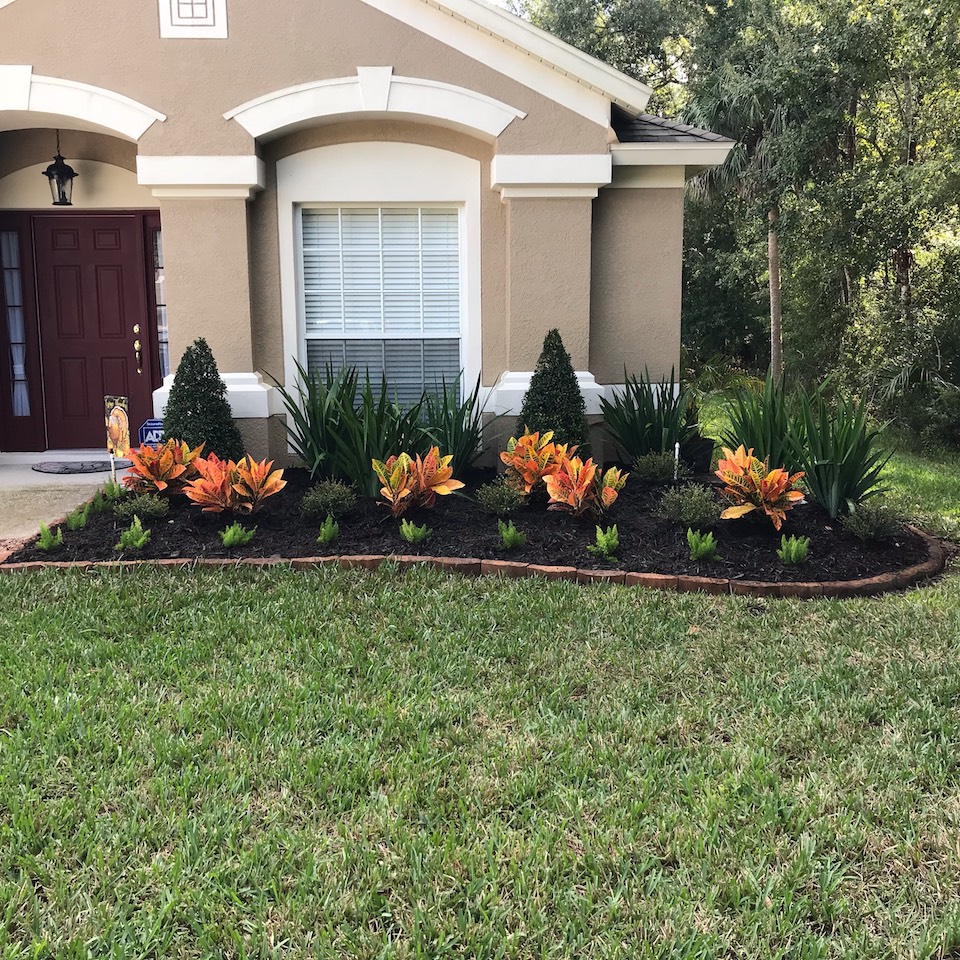Update Your Building with Customized Palm Desert Landscaping Solutions
Update Your Building with Customized Palm Desert Landscaping Solutions
Blog Article
A Comprehensive Overview to Creating and Implementing Effective Landscape Design Solutions
The art and scientific research of landscaping prolong past mere aesthetics; they include a thoughtful integration of style concepts, environmental stewardship, and useful application. What techniques can one utilize to ensure these landscapes not only flourish however additionally thrive in harmony with their surroundings?

Recognizing Landscape Style Principles
One could wonder what fundamental aspects contribute to efficient landscape design. At its core, effective landscape style rests on a number of key concepts that direct the arrangement and option of elements within a room. These principles include unity, balance, proportion, and rhythm, each serving to develop a harmonious exterior atmosphere.
Unity describes the cohesive connection among different parts, making sure that they collaborate aesthetically and functionally. Equilibrium can be attained through balanced or asymmetrical arrangements, enabling the landscape to really feel secure and inviting. Percentage entails comprehending the range of elements in connection with each various other and the surrounding environment, promoting aesthetic consistency and convenience.

Evaluating Your Outdoor Room
Before carrying out the principles of landscape style, a comprehensive evaluation of your exterior room is important. This preliminary analysis helps define the range of your landscape design task and ensures that your style lines up with the one-of-a-kind characteristics of your residential property. Begin by assessing the measurements of your space, taking precise measurements to comprehend the offered location for different elements such as gardens, pathways, and patios.
Following, observe the existing attributes of your landscape, consisting of topography, dirt high quality, and drain patterns. These aspects substantially affect plant choice and placement. Furthermore, examine the sunlight exposure across various locations throughout the day, as this will certainly affect the kinds of plants that thrive in your garden.
Take into consideration the microclimates developed by frameworks, trees, and various other challenges, as they can affect temperature level and dampness degrees. Take note of any existing plants or hardscape elements that you desire to preserve or get rid of. This comprehensive analysis prepares for a effective and educated landscape design service, ensuring that your layout is not only aesthetically pleasing yet likewise functional and lasting for years ahead.
Sustainable Landscape Design Methods
These practices not only advertise eco-friendly balance however likewise boost the practical and aesthetic worth of a landscape. Applying efficient irrigation systems, such as drip irrigation, lessens water waste and makes certain that plants receive appropriate dampness (Palm Desert Landscaping).

An additional effective method is the critical placement of trees and hedges to provide natural windbreaks and color, thus reducing power prices (Palm Desert Landscaping). Rain gardens can be incorporated right into the landscape design to manage stormwater overflow properly, filtering contaminants prior to they get in waterways
Choosing the Right Plants
Choosing the right plants for your landscape is crucial to achieving both visual charm and eco-friendly consistency. The procedure starts with an understanding of your regional climate, soil conditions, and the particular microenvironments within your landscape. Examining variables such as sunshine direct exposure, moisture levels, and existing flora will help you choose plants that flourish in your distinct setting.
Think about incorporating native plants, as they are well-adapted to regional problems, need much less maintenance, and support regional wildlife. Furthermore, selecting a diverse selection of species can enhance biodiversity while decreasing the risk of disease and pest outbreaks. It is important to assess the growth habits, blooming durations, and seasonal shades of prospective plants to produce a vibrant and natural landscape.
In addition, consider the meant use the space; for example, if the location will certainly experience high foot web traffic, select durable ground covers. By thoughtfully choosing plants that straighten with both your environmental needs and visual goals, you can create a lasting landscape that not only boosts your home but additionally adds positively to the bordering environment.

Execution and Maintenance Methods
As soon as the right plants have been picked for your landscape, the emphasis shifts to efficient execution and ongoing maintenance methods. Effective installation begins with appropriate website prep work, that includes soil testing to figure out nutrient degrees and pH, followed by modifying the soil as needed. Very carefully prepare plants according to their development habits and light demands, making sure appropriate spacing to advertise healthy and balanced development.
Watering is a crucial aspect of application. Develop a watering timetable that takes into consideration the specific needs of web each plant species, adjusting for seasonal changes. Utilizing drip irrigation systems can enhance water efficiency and reduce runoff.
Maintenance strategies should be executed to guarantee the longevity and vitality of your landscape. Regular jobs consist of weeding, other mulching, and trimming to manage growth and avoid disease. Fertilization should be conducted based upon soil tests, providing the necessary nutrients without over-fertilizing.
Checking for illness and insects is necessary; early detection can protect against substantial damage. Seasonal adjustments to upkeep routines, such as preparing and winterizing perennials for springtime growth, will certainly make sure that your landscape remains healthy and balanced and visually appealing year-round.
Conclusion
In conclusion, efficient landscaping solutions need a thorough understanding of style principles, careful assessment of outside rooms, and the application of sustainable strategies. The selection of proper plant species plays an important role in improving visual news appeal and environmental strength - Palm Desert Landscaping. Successful execution and ongoing maintenance better ensure the durability and vigor of landscapes. By integrating these elements, landscapes can be changed right into gorgeous, practical settings that promote biodiversity and contribute favorably to area well-being.
One may wonder what foundational aspects add to reliable landscape layout. At its core, effective landscape layout pivots on numerous key concepts that guide the arrangement and choice of aspects within an area.Choosing the right plants for your landscape is important to accomplishing both aesthetic charm and environmental harmony. It is vital to examine the development routines, flowering periods, and seasonal colors of possible plants to create a natural and vibrant landscape.
When the best plants have been selected for your landscape, the focus moves to reliable application and ongoing maintenance strategies.
Report this page